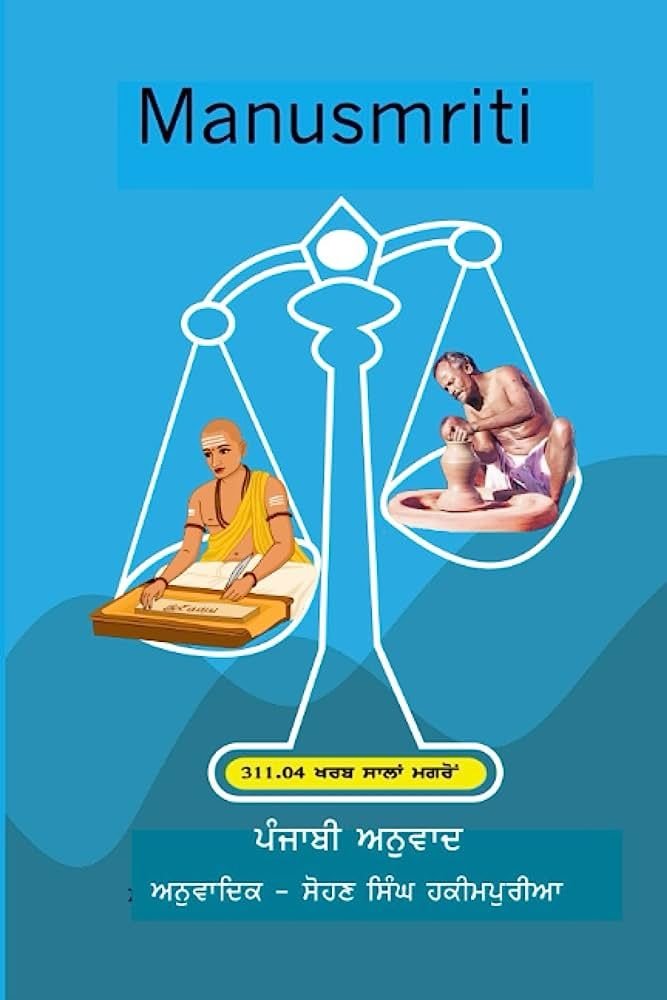Manu Smriti
Manu Smriti

The Manu Smriti, also called the Laws of Manu, is one of the oldest and most authoritative texts among the Dharmaśāstras of Hinduism. It is traditionally attributed to Sage Manu, who is considered the progenitor of mankind and the first teacher of dharma. The text is written in verse form and contains more than 2,600 shlokas (verses), arranged into 12 chapters. These chapters cover a wide range of subjects including cosmology, the origin of creation, duties of different social classes (varnas), stages of life (ashramas), moral principles, family and inheritance laws, conduct of women and men, rules of kingship, and judicial procedures. Manu Smriti places strong emphasis on dharma (righteous duty) as the guiding force of human life and provides a code of conduct to maintain harmony in society. It highlights how individuals should live ethically and responsibly, aligning personal behavior with cosmic order.
Over centuries, the Manu Smriti became a foundational text for Hindu law and social organization. It was highly influential in shaping legal systems, governance, and cultural practices in ancient and medieval India. While it presents lofty ideals of morality, duty, and justice, the text also contains strict regulations regarding caste divisions, social hierarchy, and gender roles, which are seen as controversial in modern times. Despite debates, Manu Smriti remains a crucial source for understanding the evolution of Indian jurisprudence, social philosophy, and religious thought. Scholars and historians study it not only as a law book but also as a reflection of ancient Indian society’s values, challenges, and worldview. Its enduring presence in discussions on dharma and justice shows its lasting impact on Indian civilization.
For centuries, the Manu Smriti served as a guiding framework for Hindu jurisprudence and social organization, influencing not only ancient Indian kings and scholars but also later law-givers and commentators. Its verses were cited in judicial decisions, debates on dharma, and discussions on governance. While it has been revered as a text that preserved order and stability in society, it has also been criticized for its rigid social hierarchy, caste distinctions, and restrictions on women, aspects that modern readers often find problematic. Despite this, its importance as a historical document cannot be overstated—it offers invaluable insights into the beliefs, customs, and social systems of early Indian civilization. Today, scholars read the Manu Smriti not as a literal law book but as a cultural mirror of its time, helping us understand how ancient Indians interpreted the ideas of duty, justice, morality, and the relationship between the individual and the cosmos.




















































